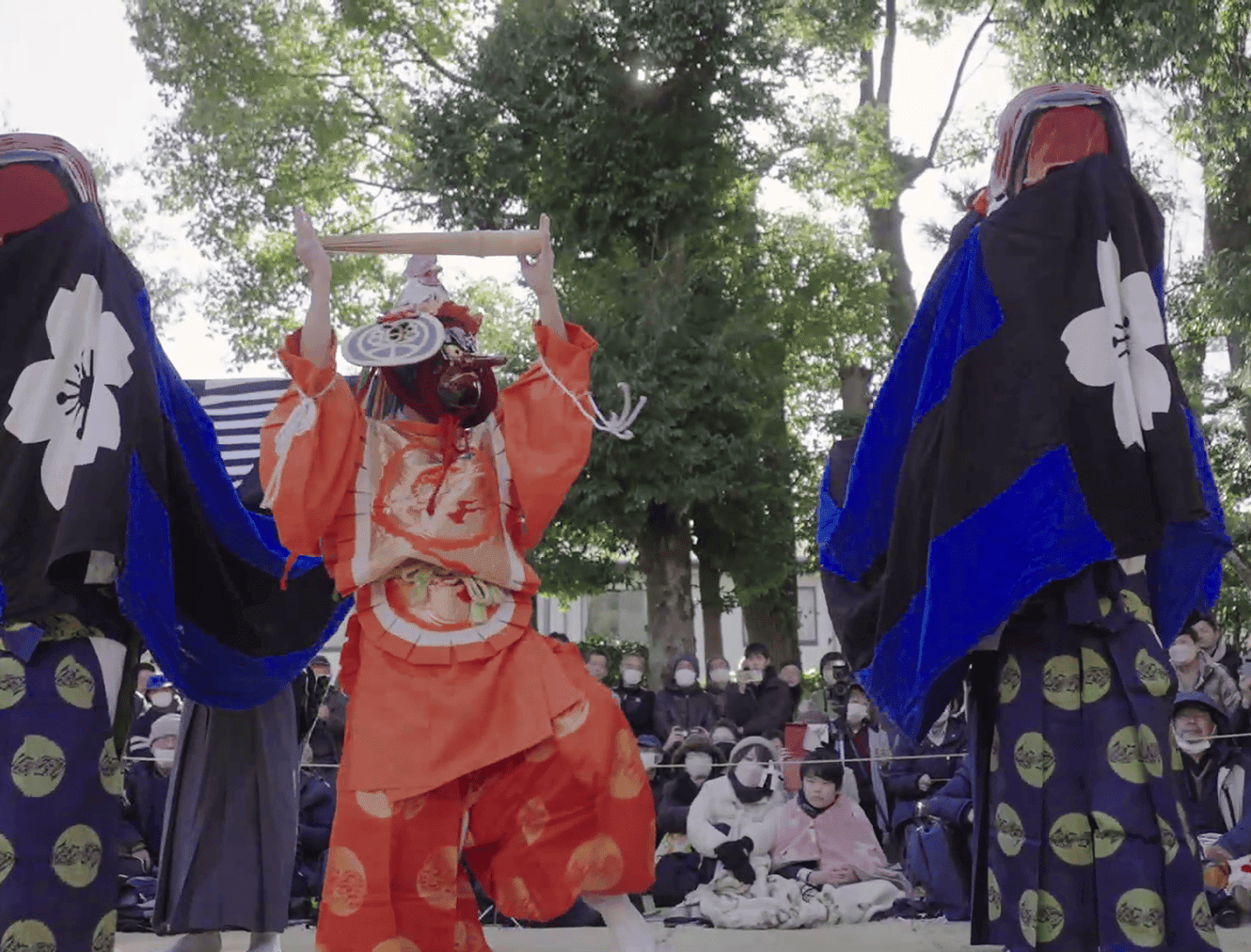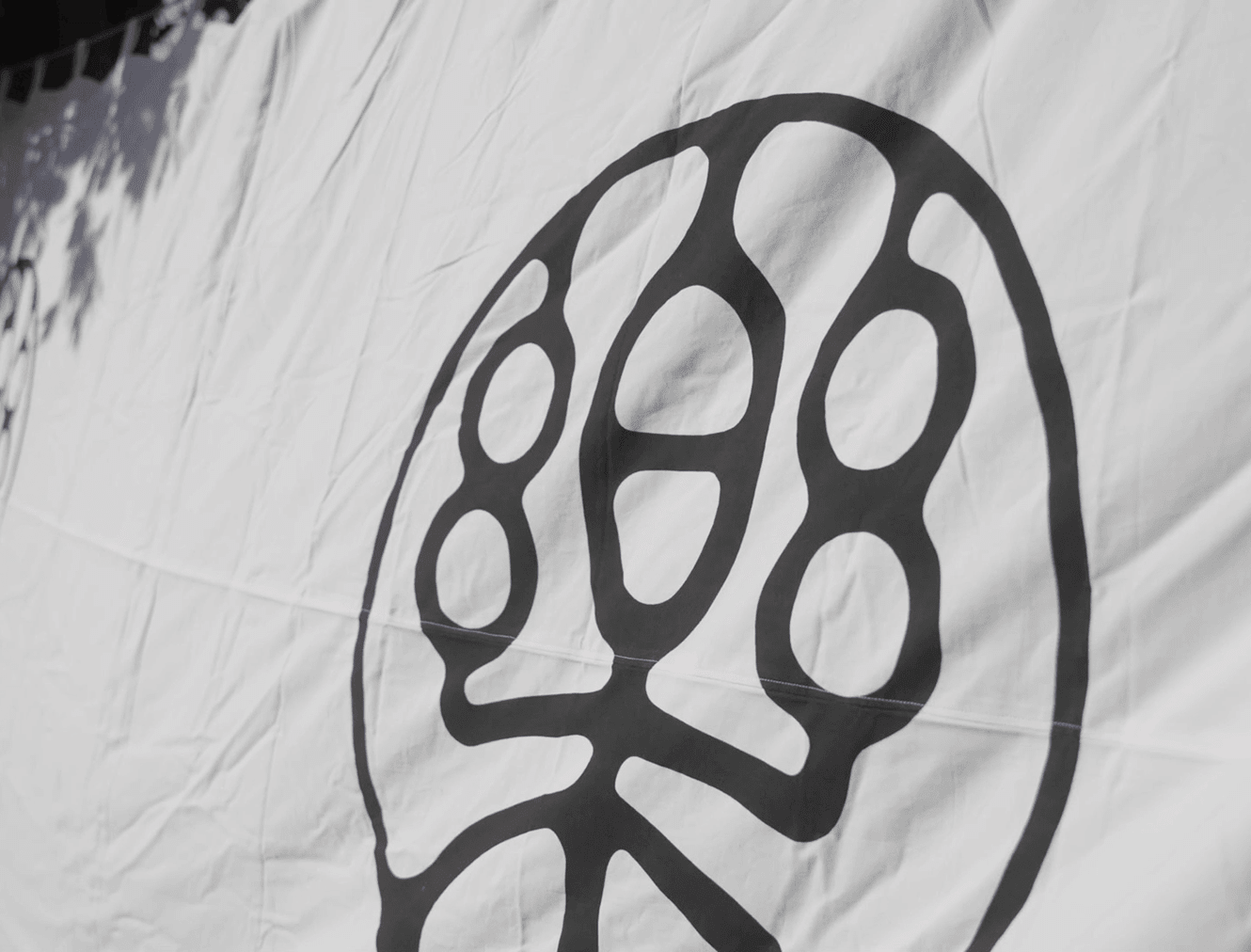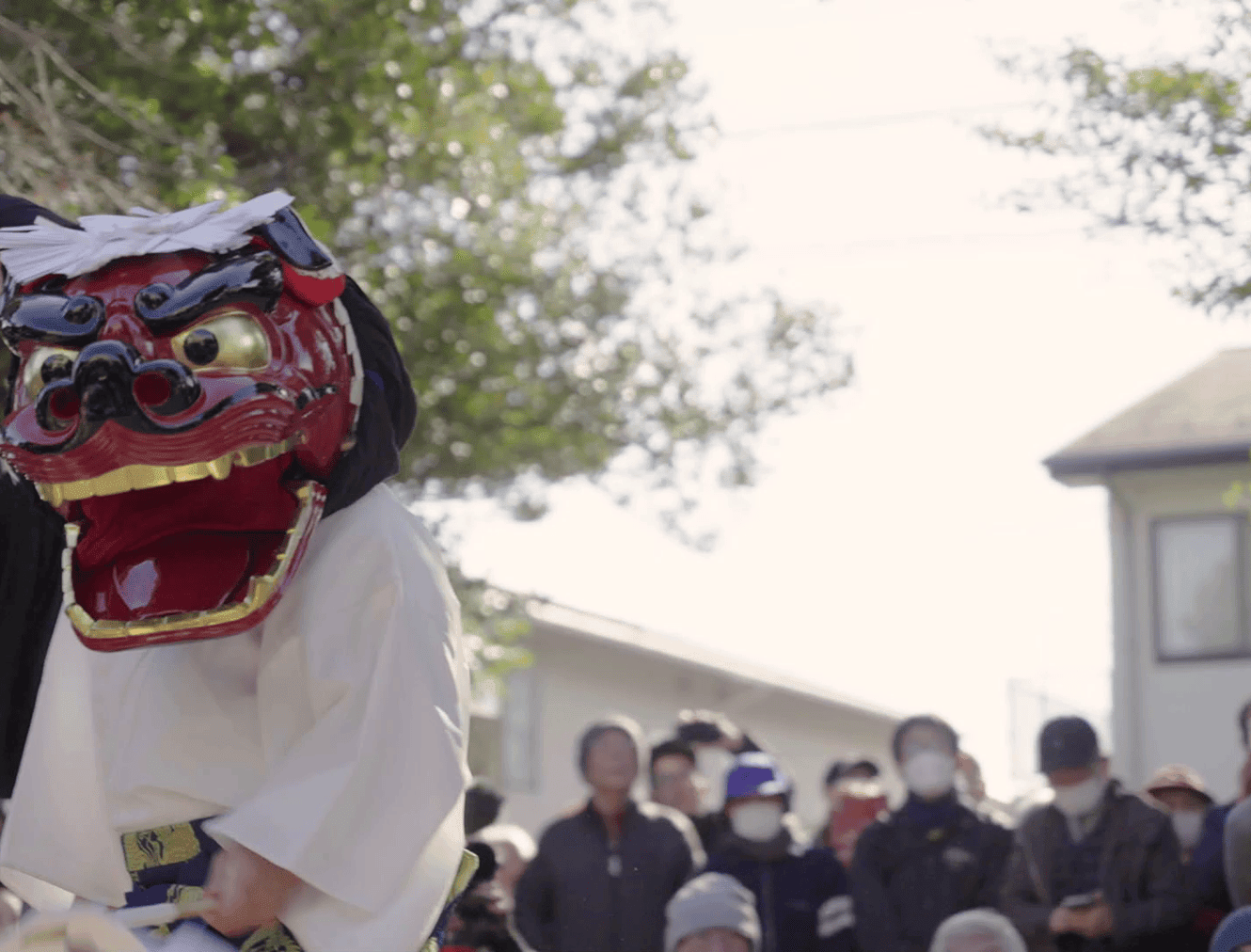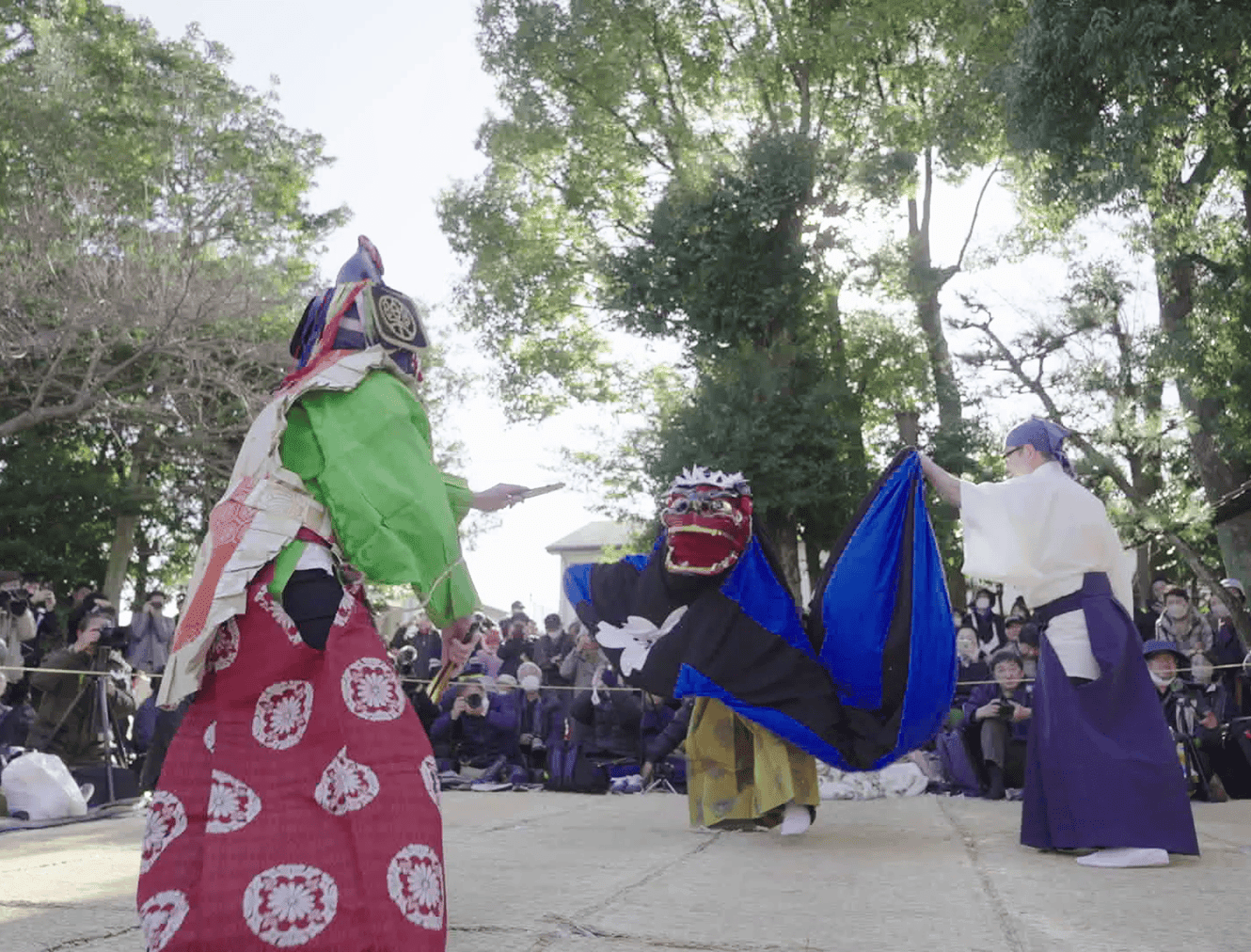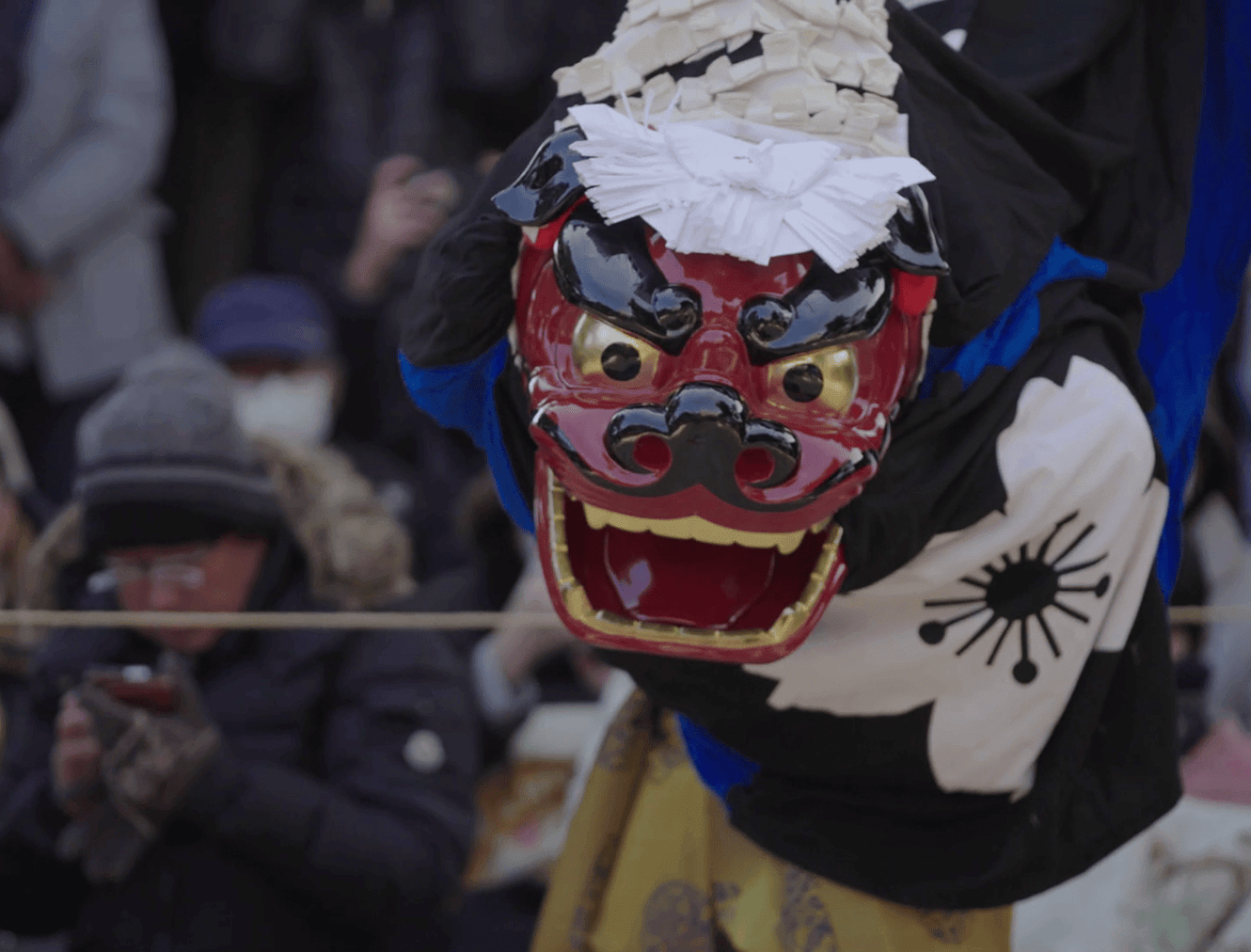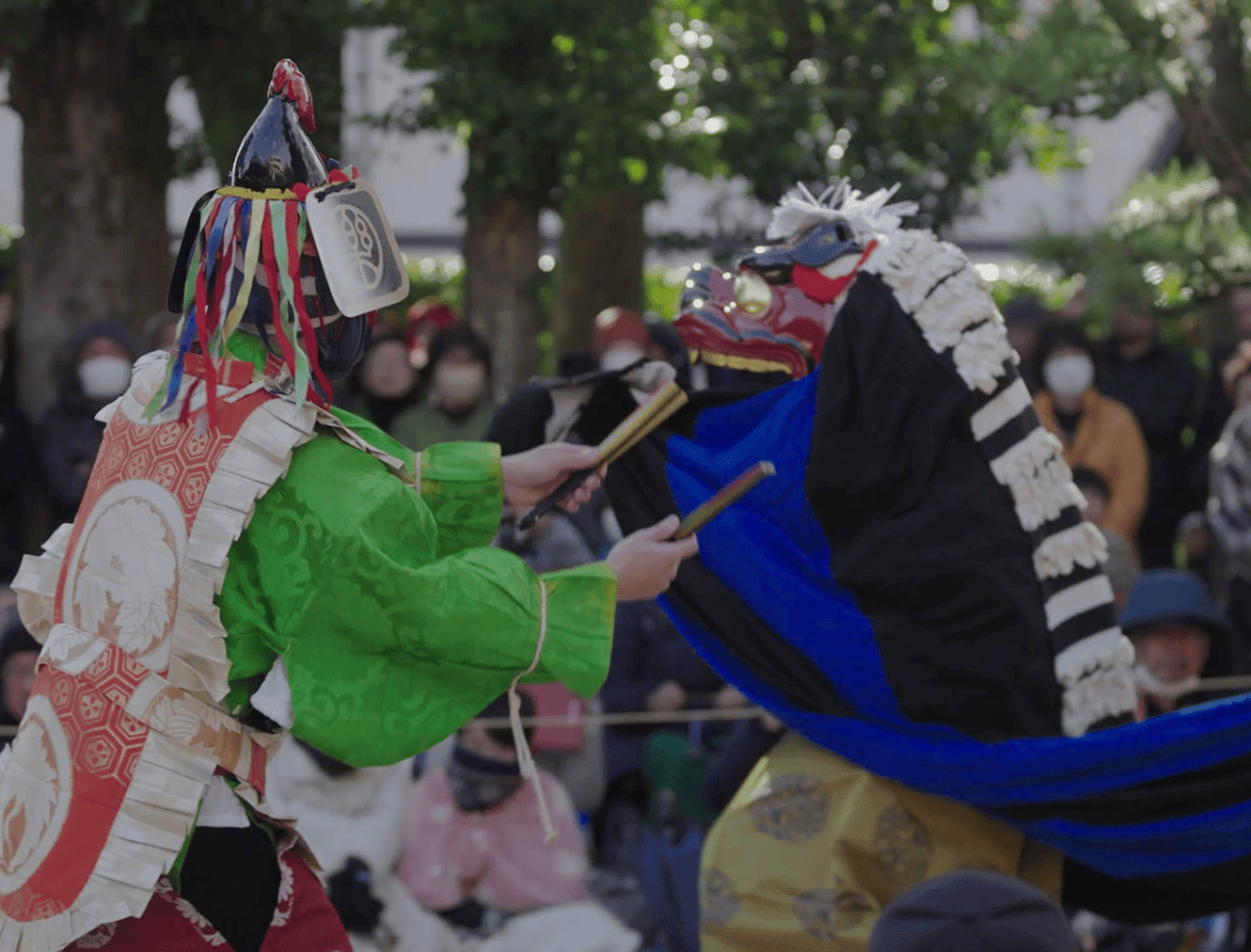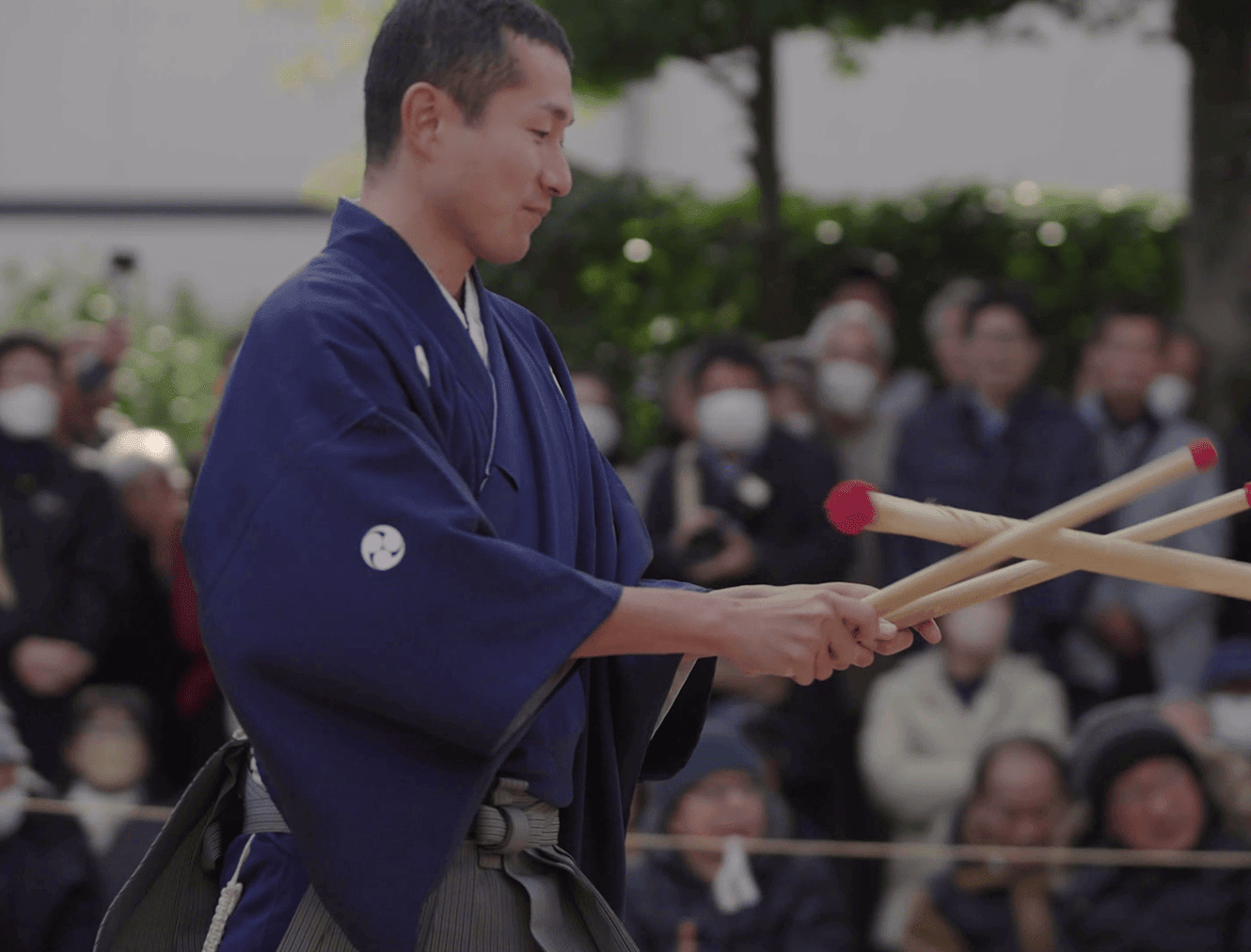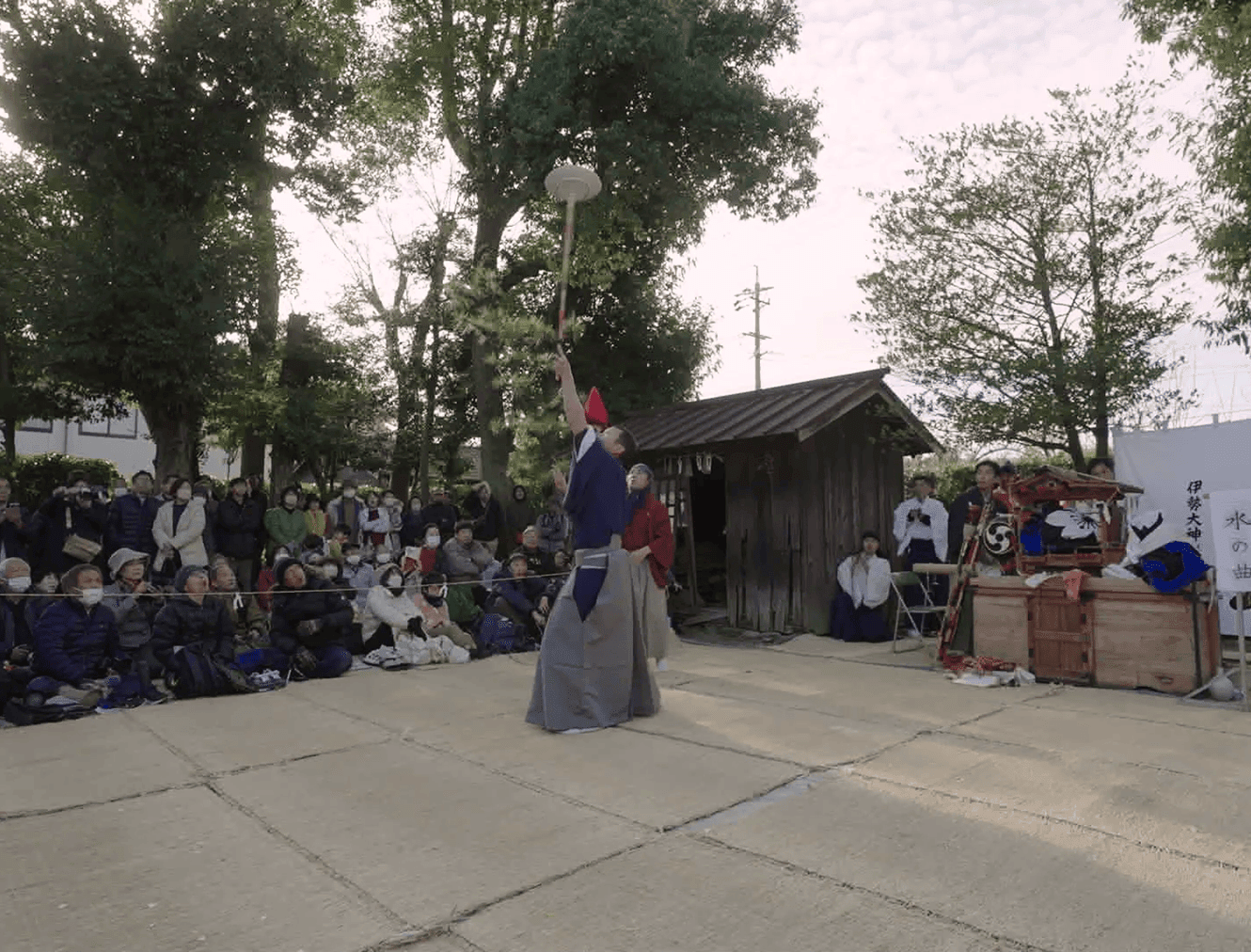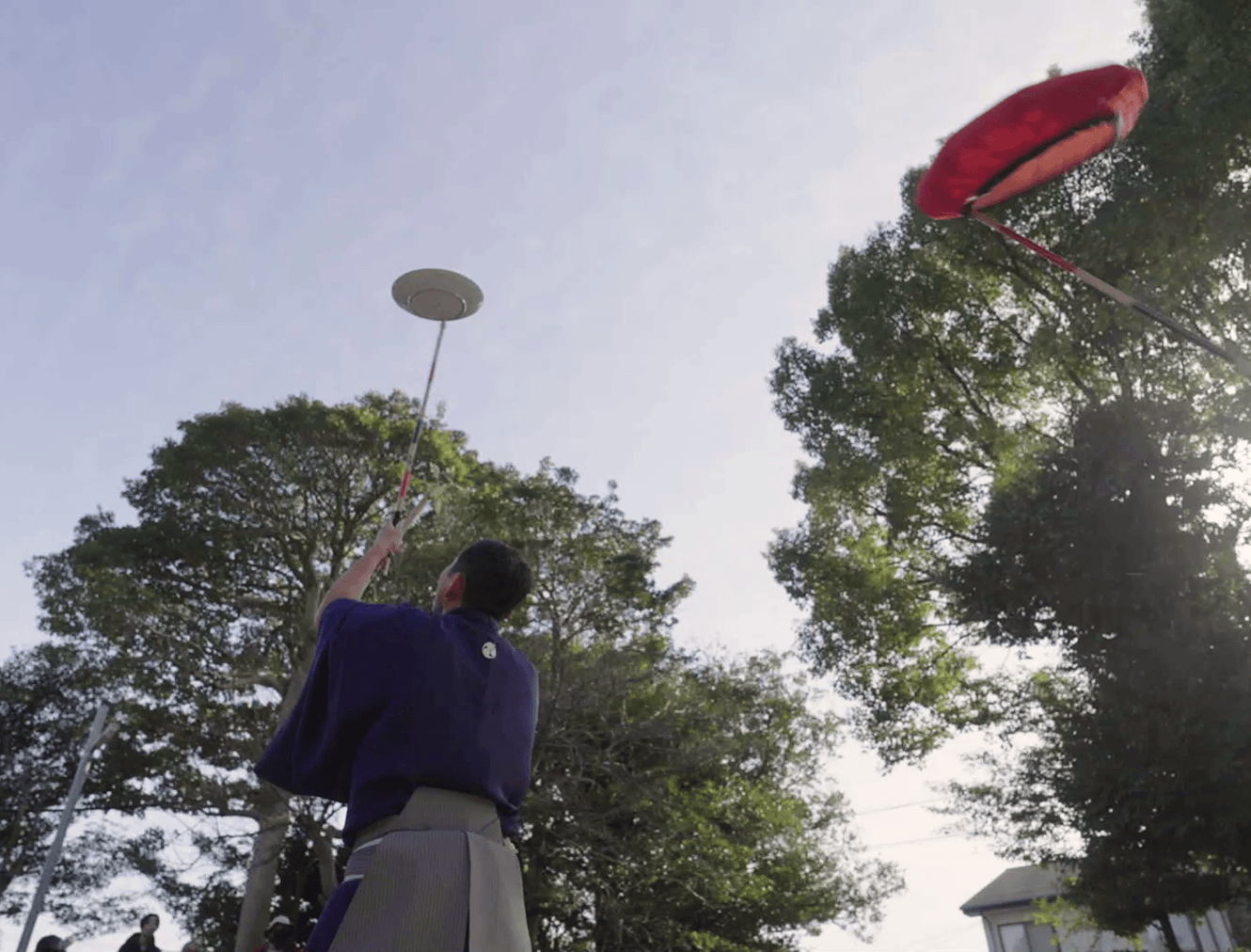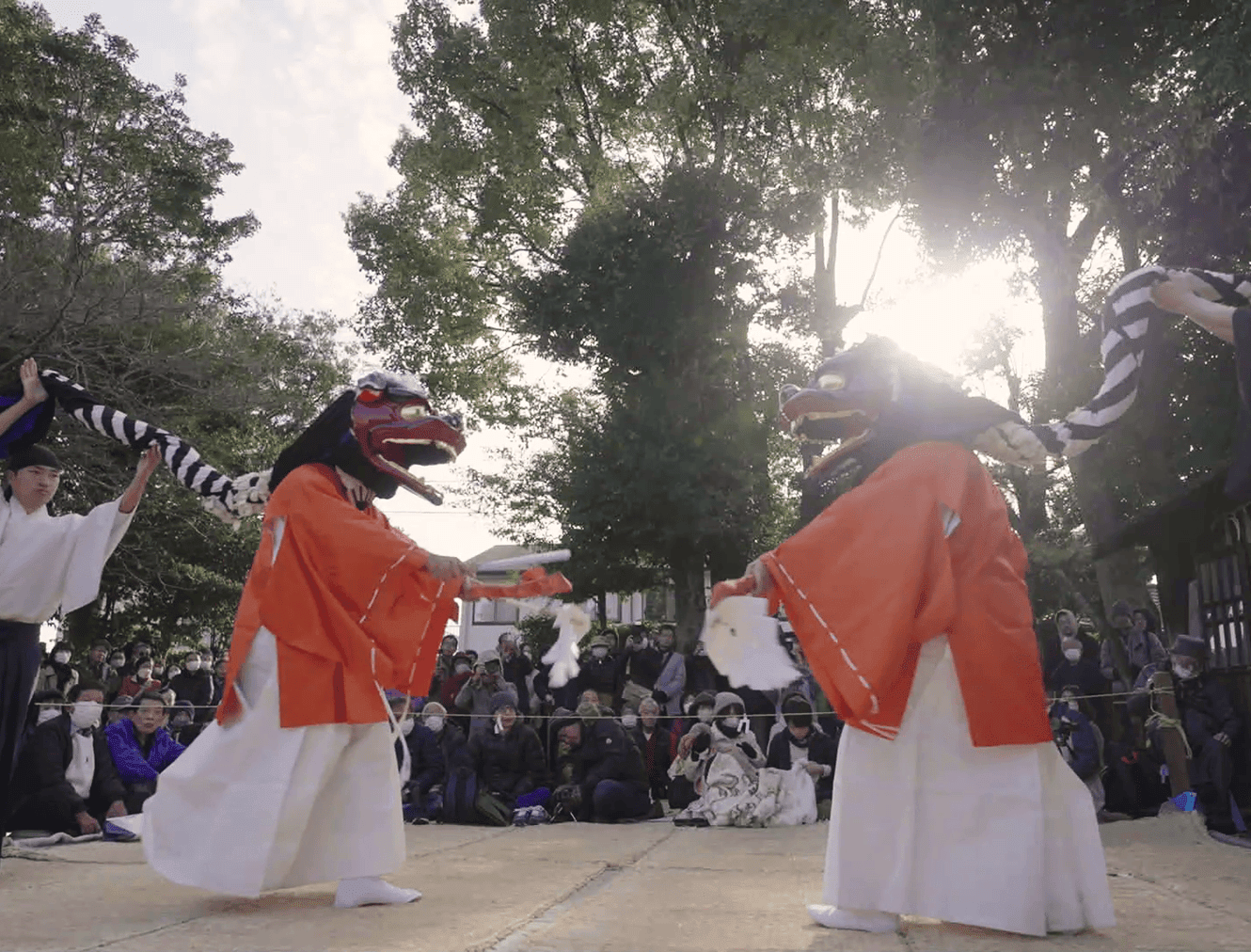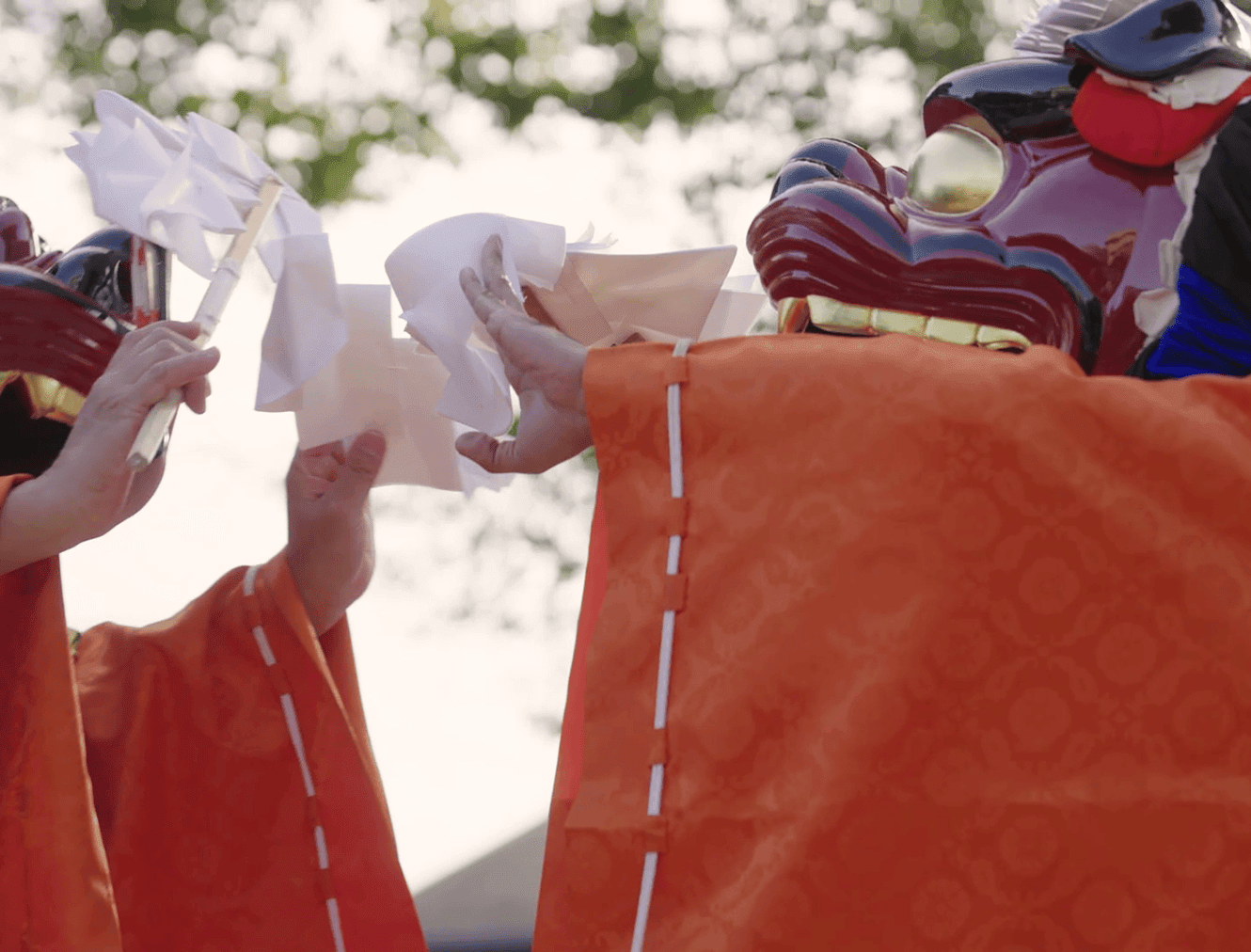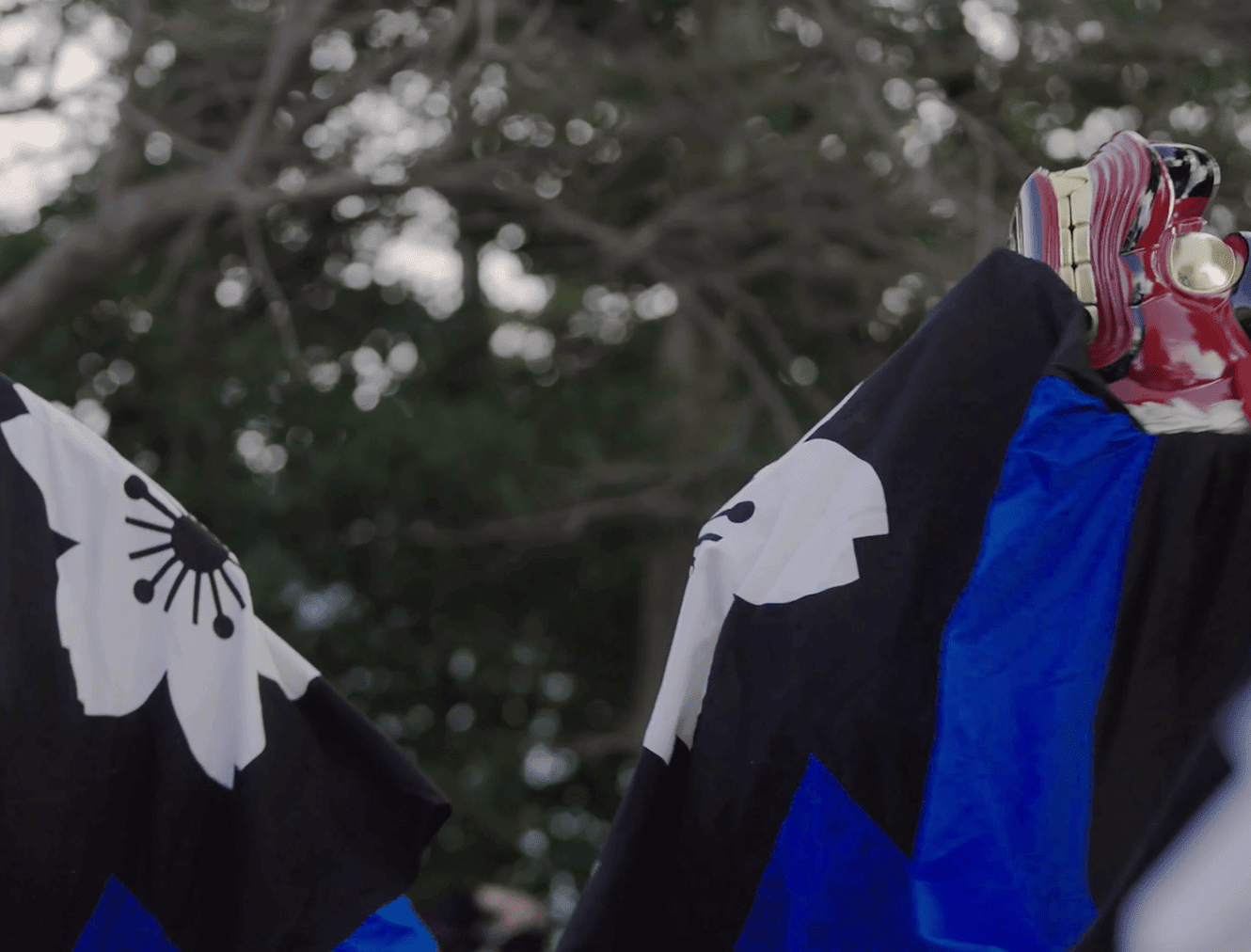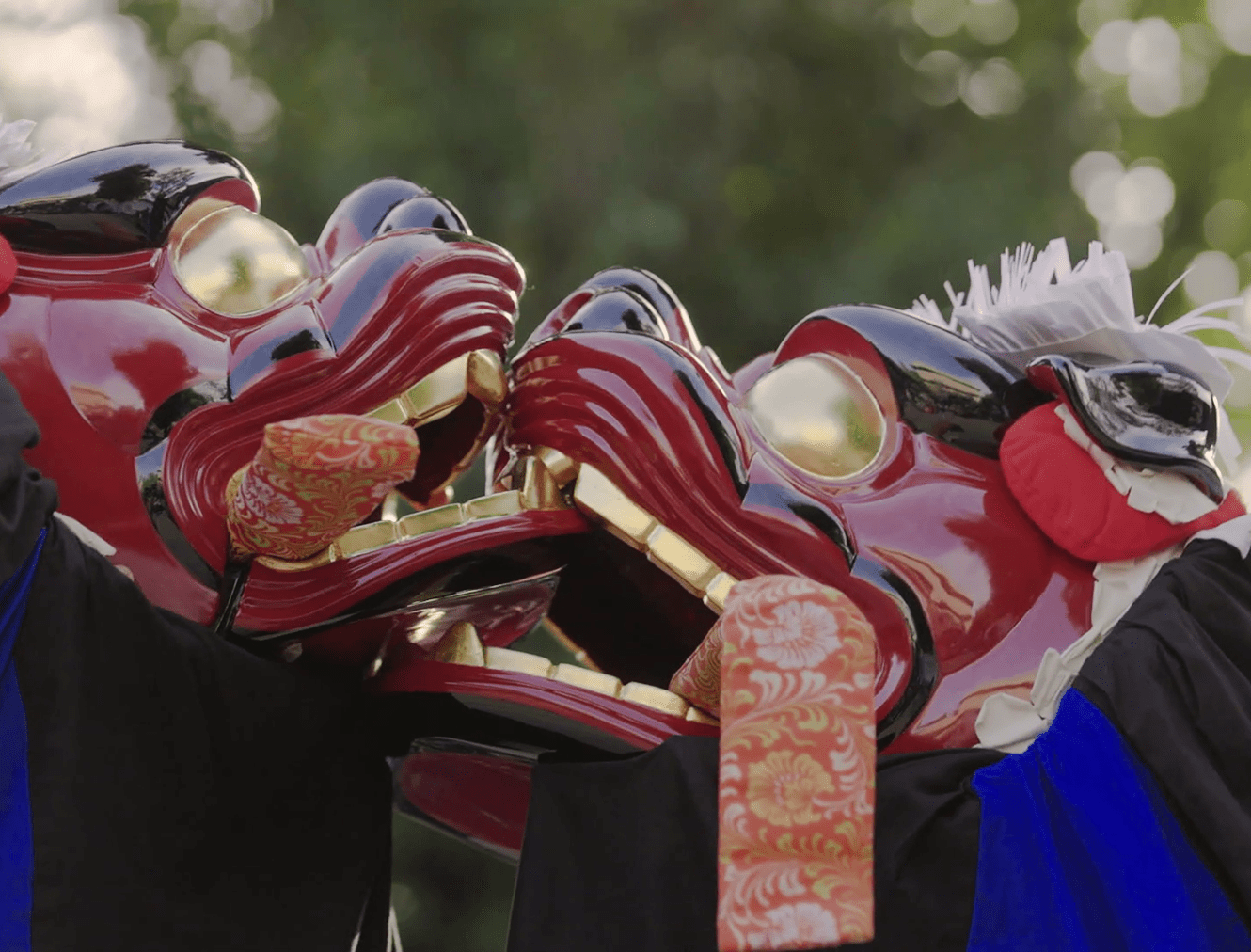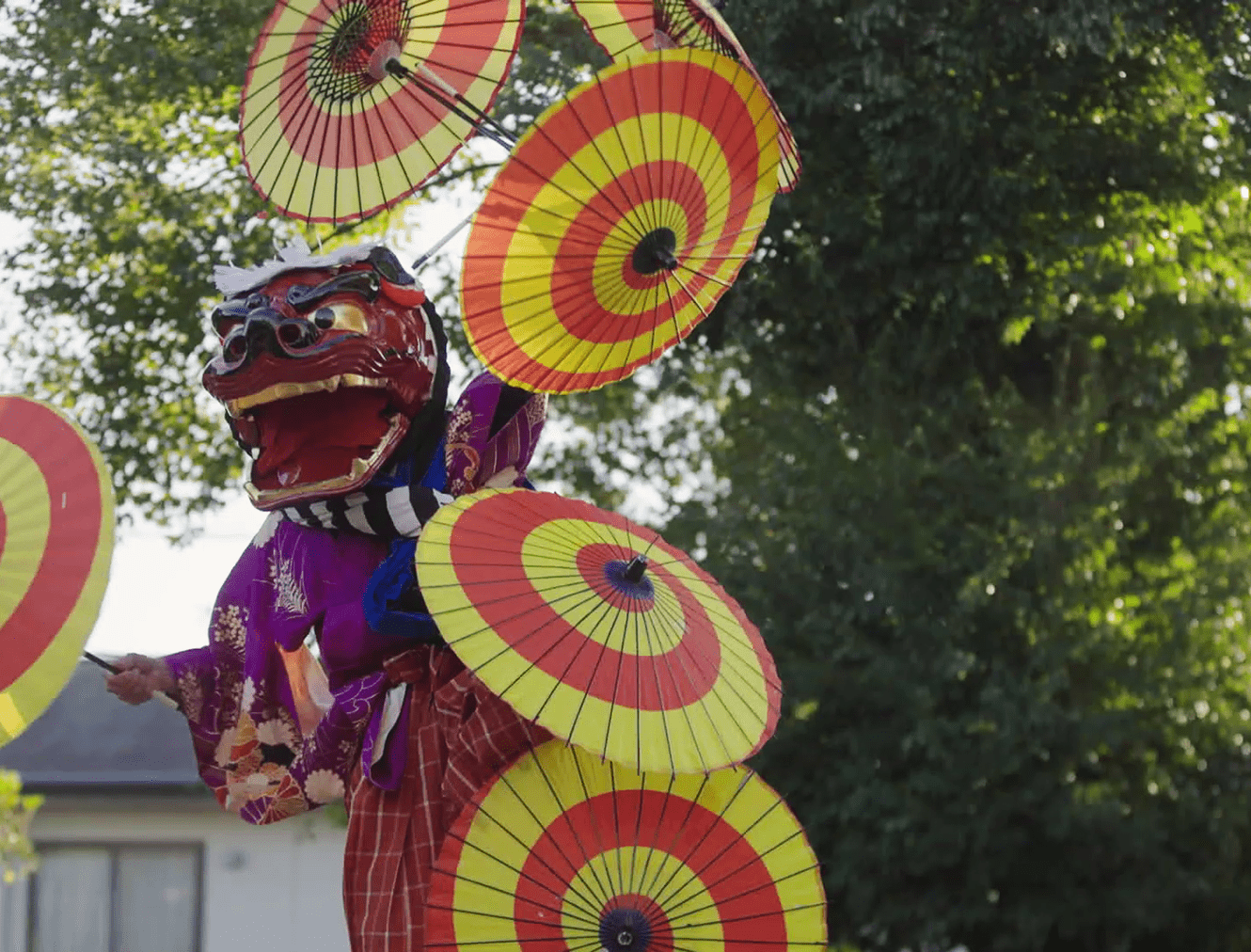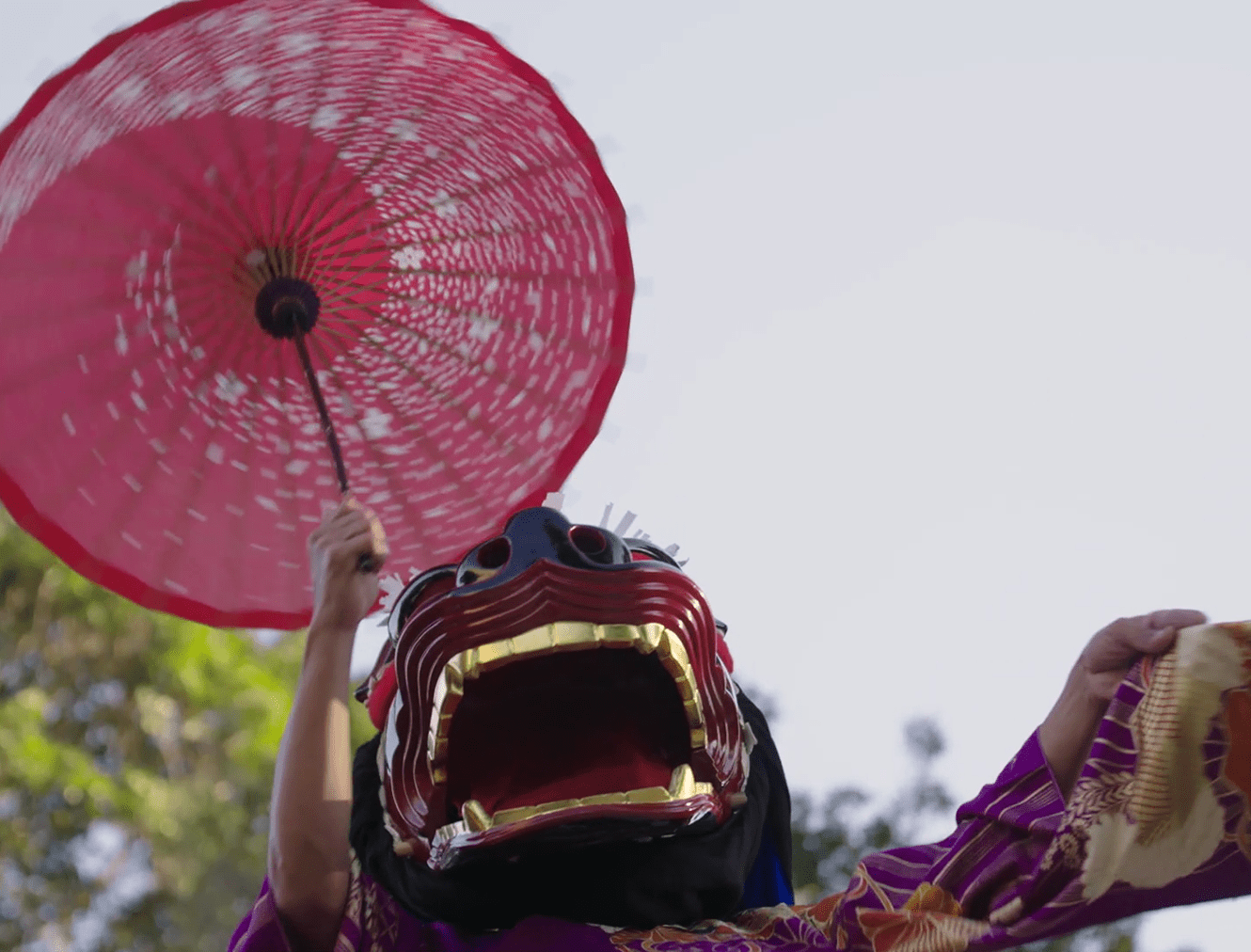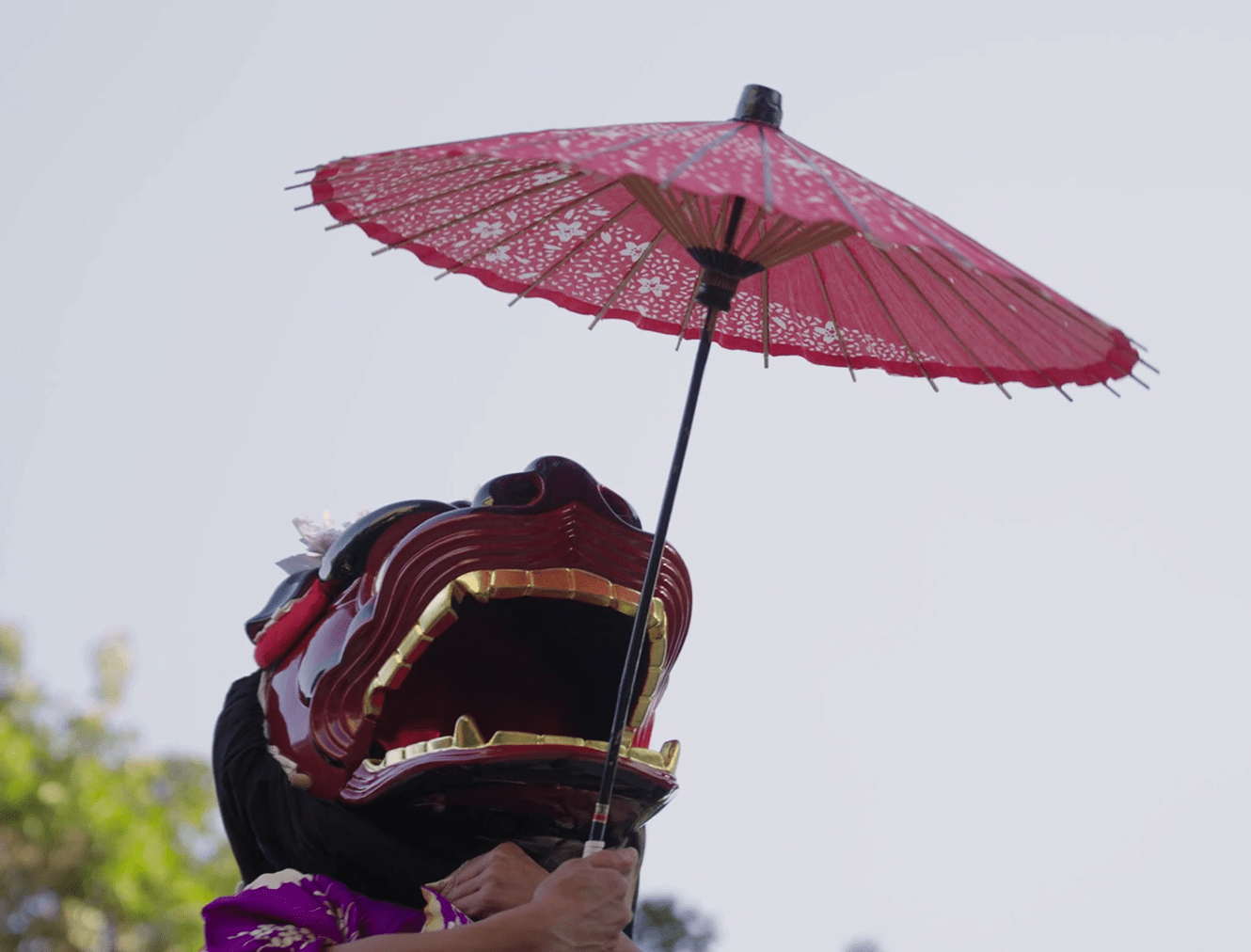World
Festivals
Ise Daikagura
The Pilgrimage to Ise Jingu: Blessings through Dance
Kuwana City, Mie Prefecture, Japan
Kagura performers perform lion dances to ward off evil on behalf of those who can't pilgrimage to Ise Jingu.
Ise Daikagura traces its origins to a time when Kuwana-based Daikagura performers from the province of Ise traveled to villages across Japan, carrying sacred talismans (called "Taima") from Ise Jingu. Their mission was to perform proxy pilgrimage rituals for those unable to visit the shrine themselves.
Even today, Daikagura performers from the Ise Daikagura Kōsha travel across western Japan over the course of a year, carrying sacred talismans from Ise Jingu to bring blessings to communities throughout the region. Every year, on December 24, all Daikagura troupes gather at Masuda Shrine in Kuwana City, Mie Prefecture—the birthplace of Ise Daikagura—to perform the "Somai," where they present the full repertoire of their sacred performances.
The spectacle includes "Shiho-no-Mai," in which Sarutahiko, wearing a tall-nosed mask, leads and purifies the lion, as well as breathtaking Hōkagei (Kyokugei) acrobatics, such as "Mizu-no-Kyoku," where performers skillfully spin plates atop long poles.
Even today, many villages and communities in western Japan eagerly await the arrival of the Daikagura performers, preserving a cherished aspect of folk faith and cultural heritage.
Important Intangible Folk Cultural Property, designated by the Japanese government

